
ASH 2024
Advertisement
In a study SCT appeared linked to an increased risk of pregnancy-associated VTE, pulmonary embolism, and isolated DVT.
An MDS HSPC signature generated from the model presents possible targets for treatment in patients with low-risk disease.
The study's results especially highlight potential aberrant gene regulation by ZMAT2 and SMARCD3.
The study showed a mortality risk reduction benefit in certain mutations while for others larger studies are needed.
Researchers noted that confirmation of this relationship in lower-risk disease would require a larger study.
Researchers argue from their findings that the 2023 criteria more accurately present the performance of ivosidenib in MDS.
The combination in a phase II trial produced high complete response rates in patients with newly diagnosed AML.
Researchers also analyzed baseline stem cells for insight into patient response versus non-response to the combination.
The combination was compared with decitabine monotherapy in a multicenter, open-label, RCT.
A study evaluated azacitidine combined with ipilimumab or nivolumab and triplet of these agents in treatment-naive MDS.
Across several patient subgroups luspatercept was observed to produce longer durations of transfusion independence.
Daily oral administration of the agent brought favorable transfusion independence performance and overall safety.
Vibecotamab showed clinical activity in low-blast, high-risk myeloid diseases, including MDS and CMML.
Long-term safety and efficacy phase I/II findings are now being investigated in younger patients in an ongoing study.
Luspatercept led to decreases RBCT burden vs epoetin alfa in patients with LR-MDS.
A transcriptomic analysis saw CDK8 repression increase expression of myeloid differentiation and oncogenesis genes in HSPCs.
In a study, lack of response to the doublet was most prevalent in multi-hit TP53 as compared with wild type or single-hit.
Rapamycin can normalize erythroid differentiation in SF3B1-mutated MDS by acting upon the mTOR signaling pathway.
US FDA researchers analyzed randomized, controlled, multicenter MDS trials for connections between OS, EFS, CR, and PR.
The combination was well-tolerated and the recommended dose determined for the phase II component of an ongoing trial.
Advertisement





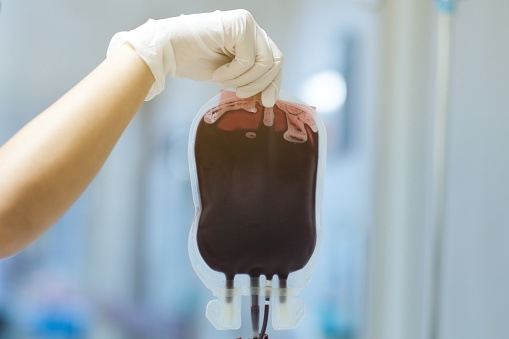

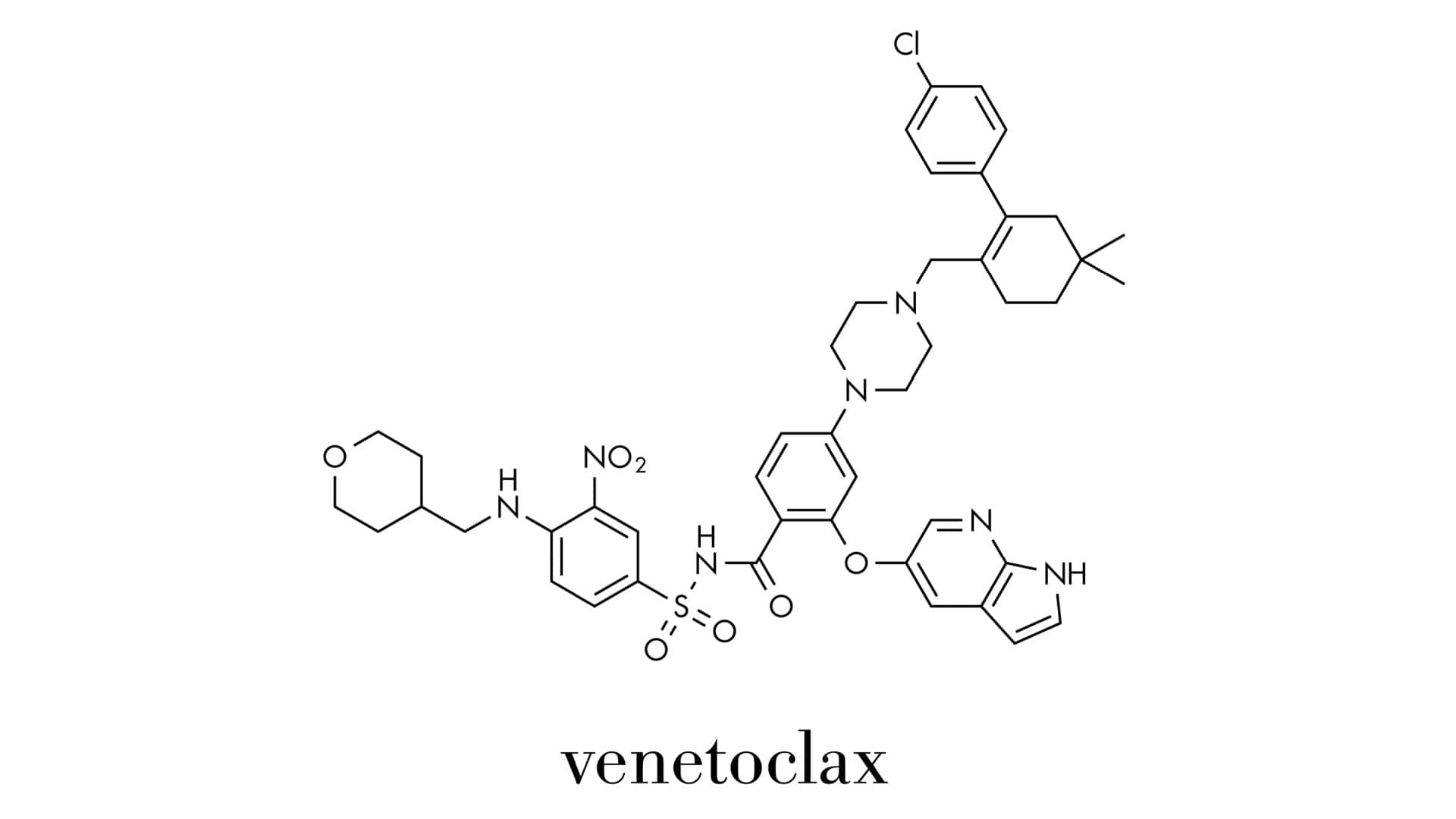
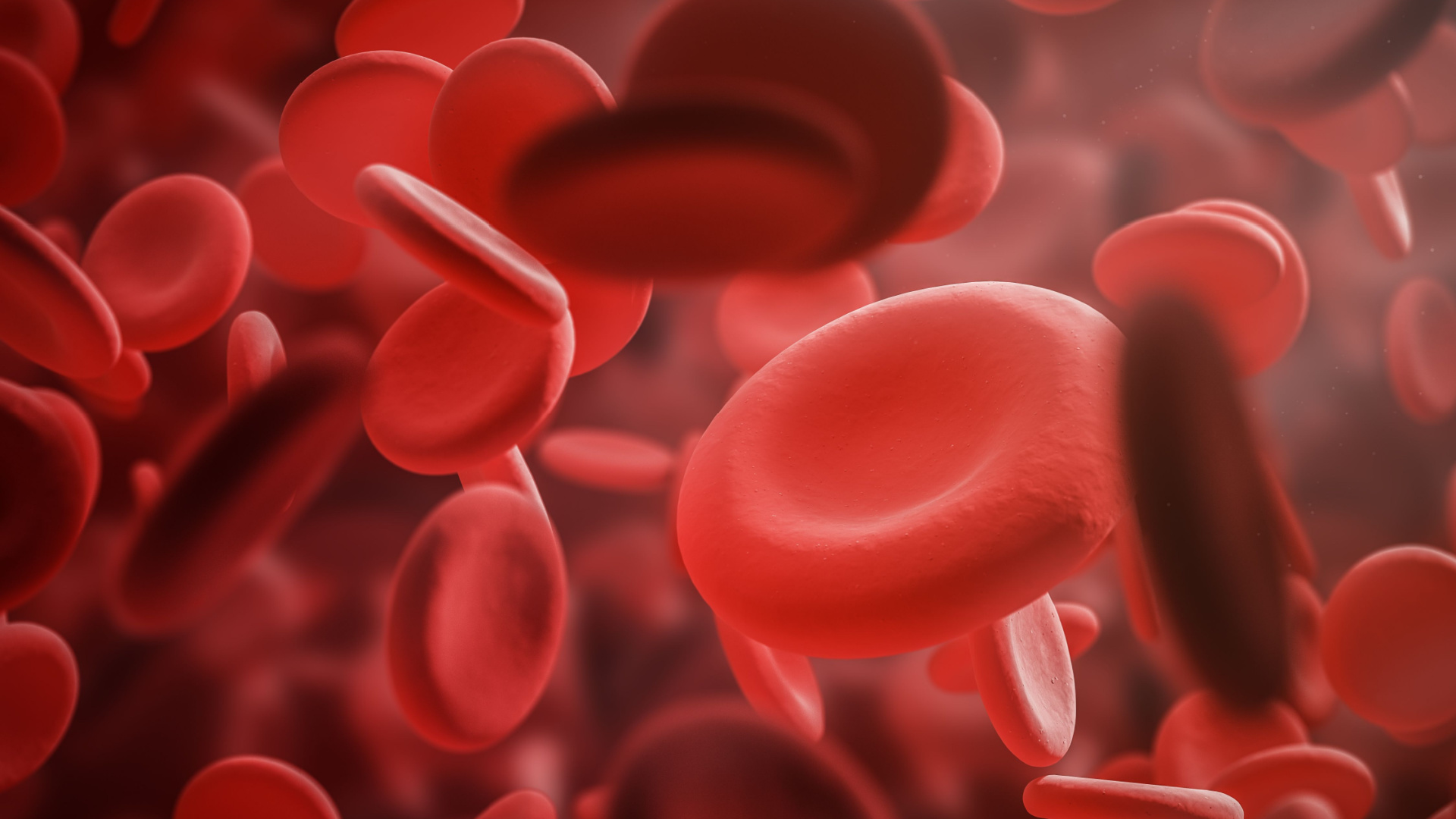
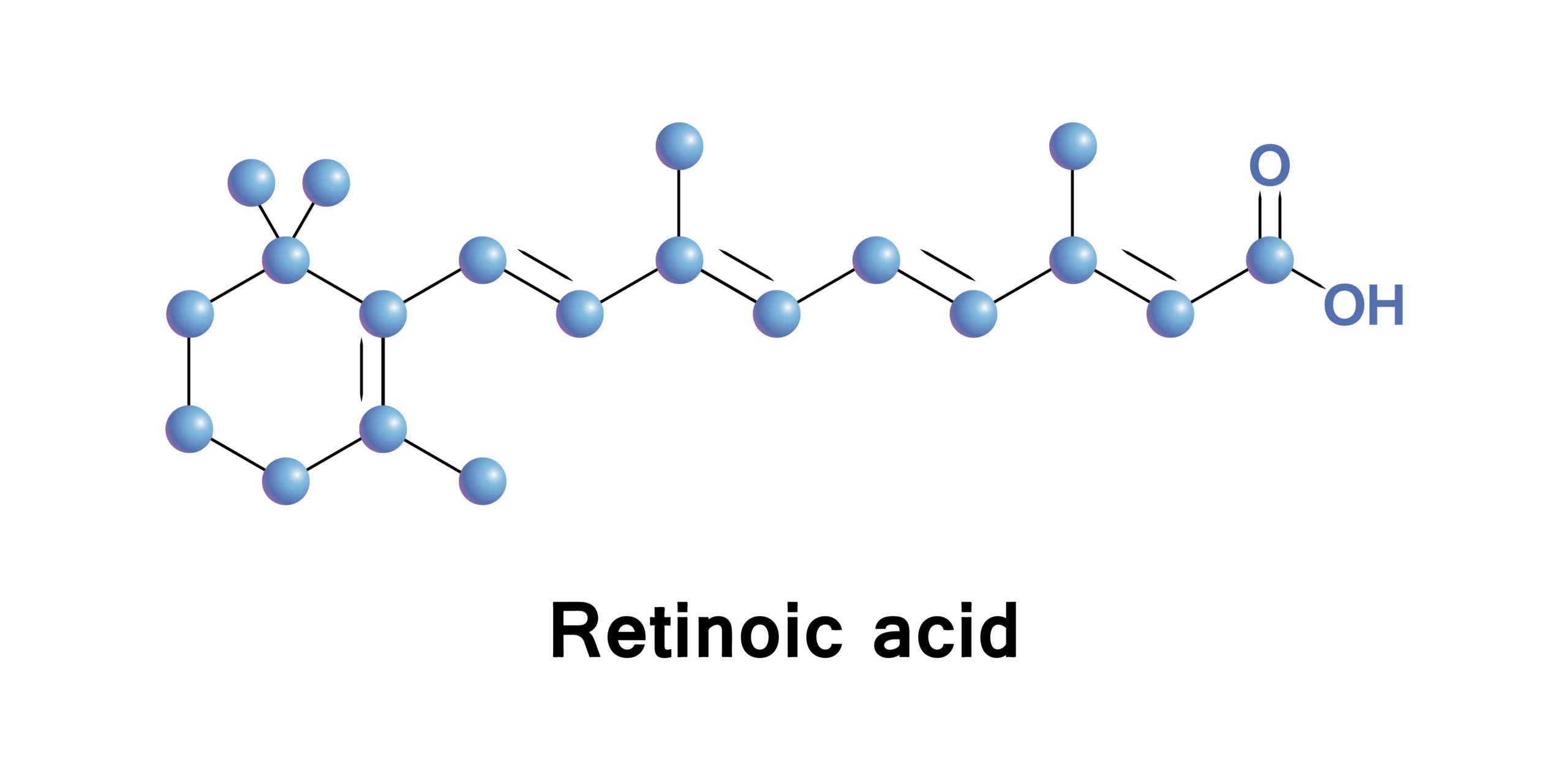



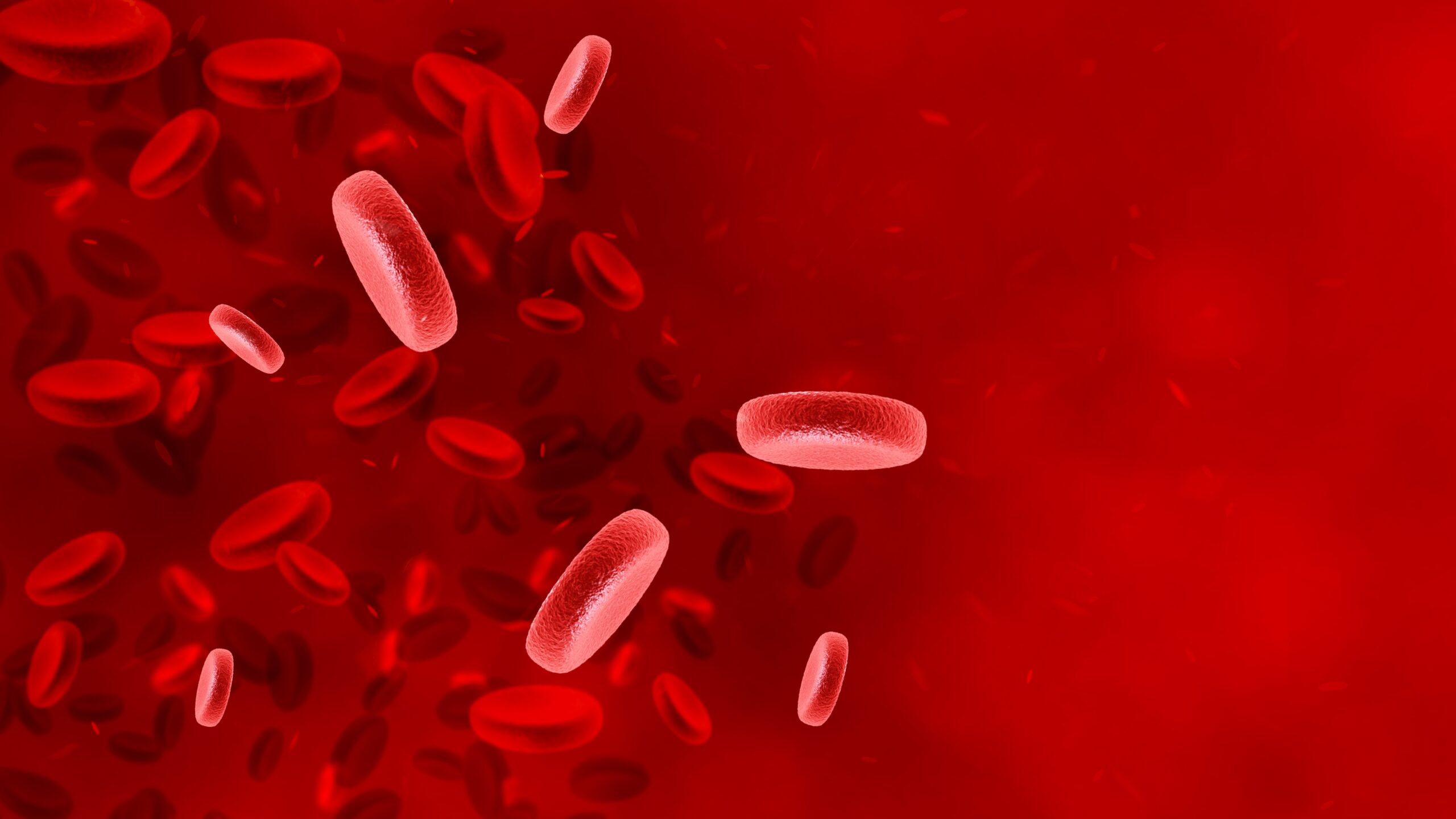

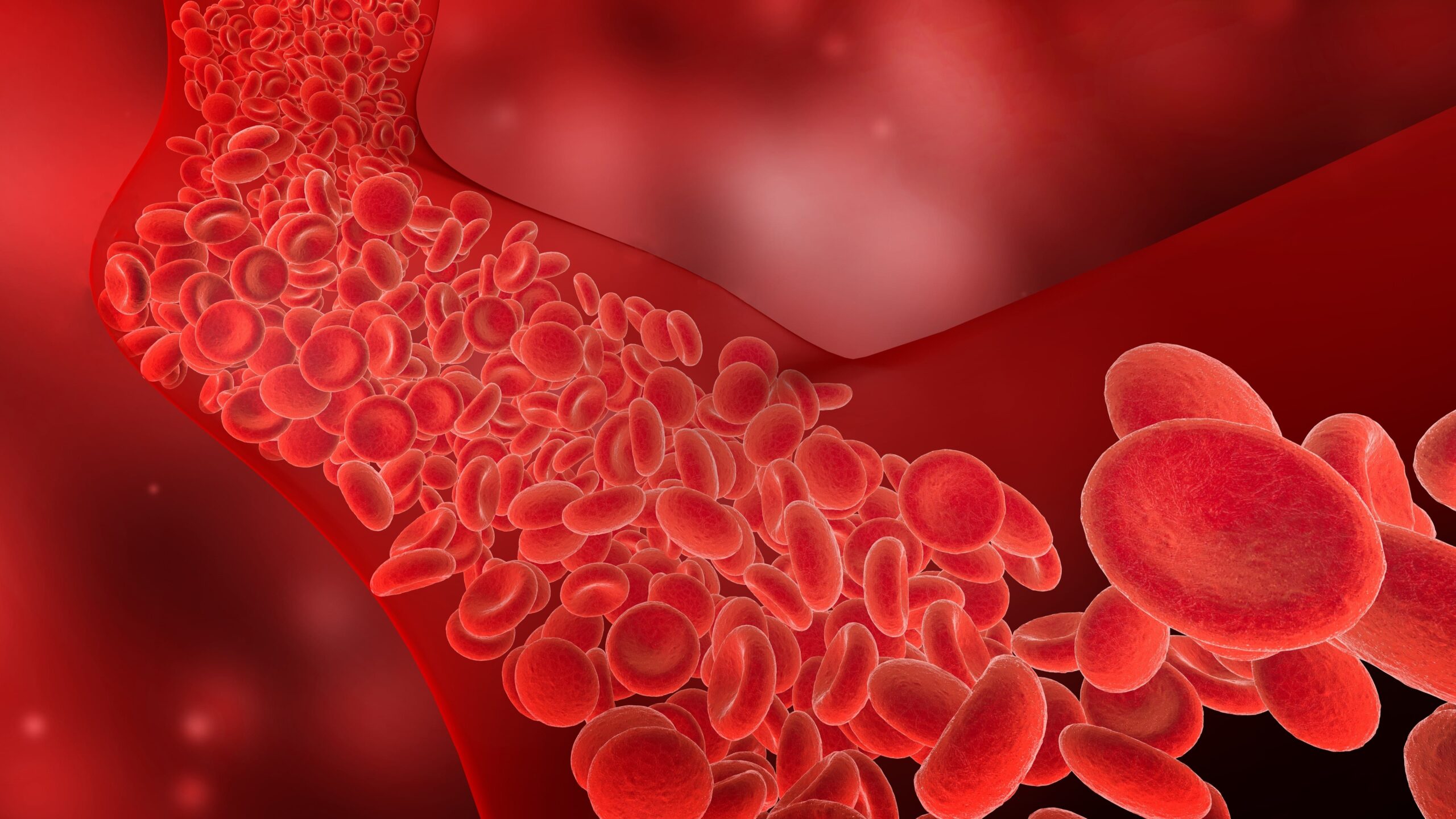






 © 2025 Mashup Media, LLC, a Formedics Property. All Rights Reserved.
© 2025 Mashup Media, LLC, a Formedics Property. All Rights Reserved.